Bands That Time Forgot
Some were just plain awful, others were easily ignored and lost in the stampede. Either way, the bands that time forgot are worth remembering.
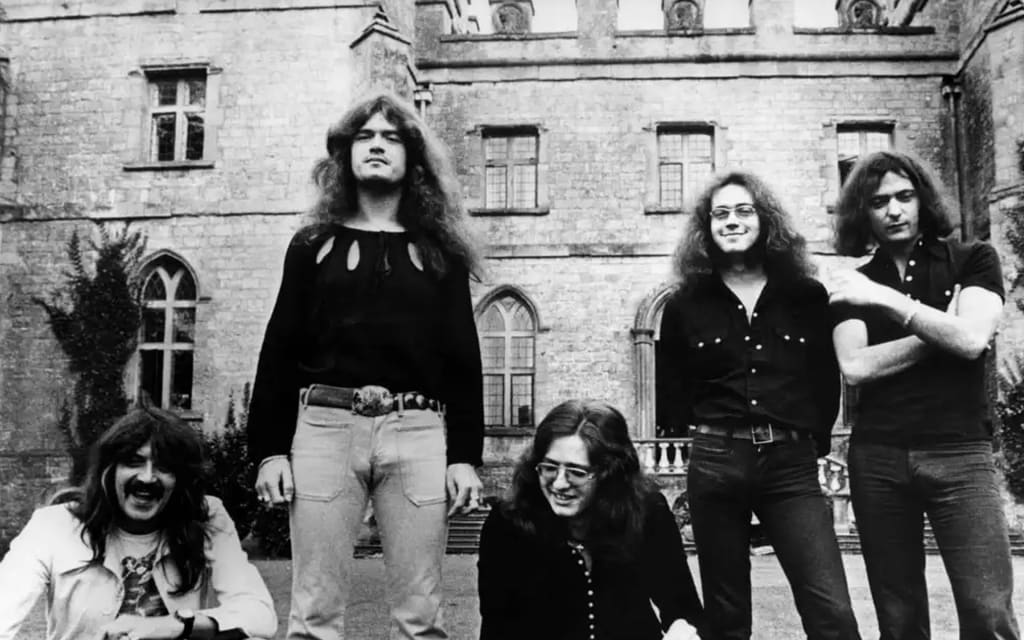
Their dilated eyes peered out at you from under coiffed bangs and shoulder-length curls. They wore loud paisley Sgt. Pepper jackets, Indian print shirts or tangles of suede fringe. They looked vaguely menacing and rather spaced-out behind their clear plastic guitars, like some alien invaders or refugees from a psilocybin laboratory.
Now, you can only find them on dusty, colorful record jackets in the far corners of your record collection or the forgotten reaches of the rare record-store bargain bins, where they proudly proclaim themselves a steal at three for $1.99.
These are the bands that time forgot. These bands have been joined by the likes of Deep Blue Something ("Breakfast at Tiffany's") and T.A.T.U. ("All The Things She Said"), and the list will be ever increasing as time continues to forget. A lot of them were just plain awful and deserving of their quick demise. But others were too easily ignored and lost in the stampede. And a few broke new ground that is still being trodden today by relevant bands.
New-wave bands like Television, the Stranglers and Patti Smith openly acknowledged their psychedelic influences, still heard in Duran Duran and Blondie. The roots of punk rock can be heard on albums by the MC5 or Blink 182 and Green Day. Some of the bridges between rock and classical music that Yes, Emerson and Phish also used were built in the 60s by groups like Ars Nova and Circus Maximus.
The Shockers
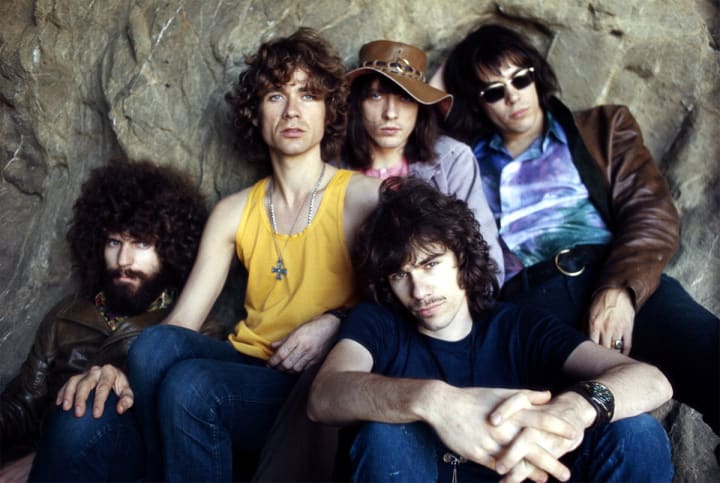
Steppenwolf
A snarling, aggressive band that opened shows for almost everybody. Peaked in 1968 with an album that contained "Born to Be Wild" and "Goddamn the Pusherman."
Blues Magoos
In their Sassoon haircuts they were America's answer to the Mods. Their Psychedelic Lollipop LP in 1966 predated much of the acid rock that came later.
Vanilla Fudge and Fever Tree
Both scored hits in 1968 with their anguished, drawn-out versions of Beatle hits (the former's "Eleanor Rigby" oozes with acid).
Rhinoceros
A producer’s pastiche of would-be superstars. The band had a nice bluesy sound on their only album in 1968, Blue Cheer. Pioneers of heavy metal, the trio was once managed by a Hell's Angel. Best known for their 1968 cover of "Summertime Blues."
Status Quo and Spooky Tooth
Anglo American entries in the freako derby. Status Quo hit in 1968 with "Pictures of Matchstick Men." But Spooky Tooth, with organist Gary Wright, was the classier act. The band was at its best in 1969 on Spooky Two (especially on "Evil Woman").
Clear Light
An L.A. band fronted by Cliff De Young, a singer with similarities to Morrison, probably suffered from the bias toward San Francisco bands in 1967.
Canned Heat
“Rollin' and Tumblin'" and "Refried Boogie" were so good that nobody noticed that the band played blues, not acid rock.
Parachute
A super-obscure quintet that sounded more like the Beatles than Bad Finger. Sold maybe a dozen albums in 1969.
Quicksilver Messenger Service, Moby Grape, Pacific Gas & Electric and Country Joe and the Fish
All were once top bands in the Haight-Ashbury scene, but all faltered in the long haul. QMS did a great cover of Hamilton Camp's "Pride of Man" on the band's debut album in 1967. The Grape coaxed fine performances out of Mike Bloomfield and Al Kooper on Wow's Grape Jam in 1968 and Country Joe's Electric Music for the Mind and Body is one of the more underrated psychedelic classics.
Deep Purple
If you remember the pseudo spiritual bent of Book of Taliesyn in 1968, you know why the band fared better with "Smoke on the Water."
Jeff Beck Group
A remarkable collaboration of Beck, Ron Wood, keyboardist Nicky Hopkins and Rod Stewart, Truth in 1968 was an excellent example of psychedelic blues, notably on "Shapes of Things" and "You Shook Me."
Chambers Brothers
The group, complete with an Irish drummer, fashioned a sound some critics called Afro-psychedelic rock. The group's key piece, "Time Has Come Today," is 11 minutes of anguish.
The Mushroom Peeps
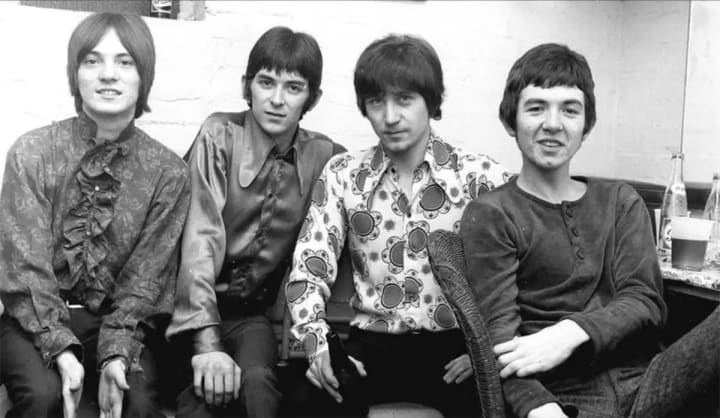
Small Faces
Before Rod Stewart raided their camp, Ronnie Lane and Steve Manriot were sort of the singing Muppets in 1968. They sang about getting high and ignorant in "Itchycoo Park" and put their second album, Ogden's Nut Gone, in a beautiful round jacket.
Sopwith Camel
A light, mellow San Francisco band, a bit like the Lovin' Spoonful. The band had more to offer than their 1967 hit, "Hello, Hello" indicated.
The Seeds
Basically just another Dave Clark Five churning out several albums containing flower-power valentines like “Tripmaker."
Peanut Butter Conspiracy
Another flower-power band that nudged rock closer to bubblegum in 1967 with tunes like "Turn On a Friend" and "The Poppy People."
Strawberry Alarmclock
College boys in Indian prints who sounded okay if you had a slight buzz on even if "Incense and Peppermints" did seem to have an anti hippie message.
Crab Nebuli
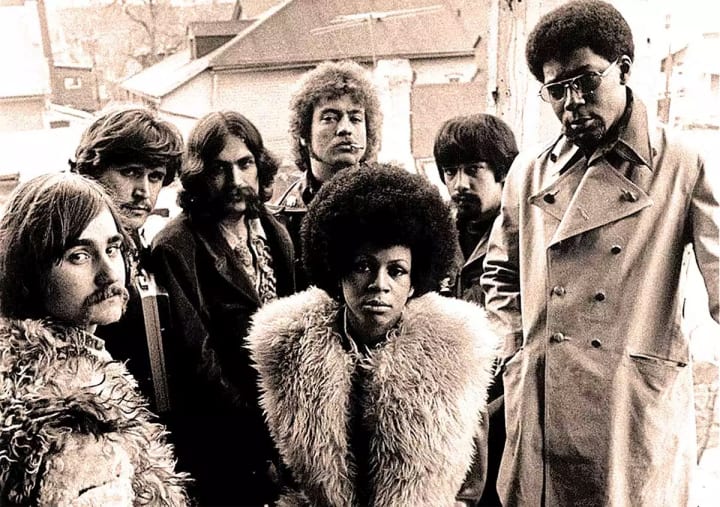
Rotary Connection
Essentially a studio band that reprocessed familiar tunes by adding choral cascades and Minnie Ripperton's razor voice. The 1968 LP with "Turn Me On" is the group's best.
The Flock
Jerry Goodman's electric violin was a bold departure in a genre dominated by guitar rhythm section bands. Goodman later found work with John McLaughlin's Mahavishnu Orchestra.
Electric Prunes
A mediocre band that risked their popularity in 1968 on a project called Mass in F Minor. The whole album was sung in Latin, and the group sounded like stoned Gregorian monks.
Circus Maximus and Ars Nova
Two East Coast bands that tried in 1967 and 1968 to infuse baroque styling into progressive rock. Jerry Jeff Walker of Circus Maximus even tried adding a little country twang.
Spirit
The group had a long run, but its first album, the 1968 one with the four section face on the cover is the best. Songs like "Mechanical World" are marked by jazzy piano and unconventional rhythms.
Lothar and the Hand People
Lothar of course wasn't a person but a theremin, a musical wand that the Beach Boys used on "Good Vibrations."
The Hometown Heroes
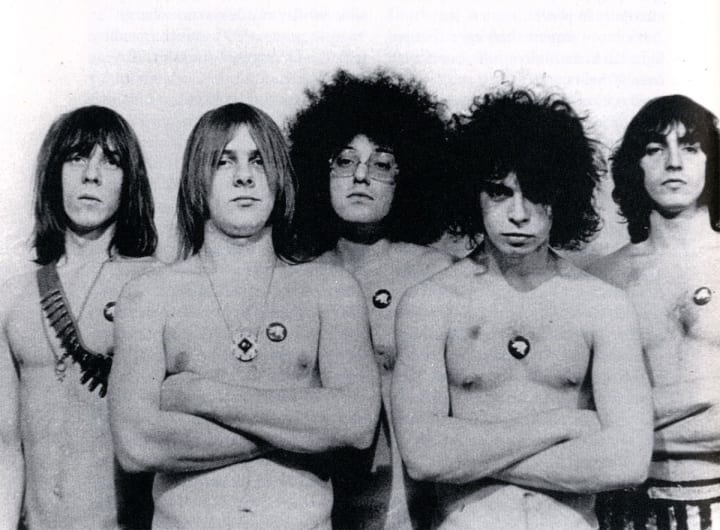
MC5
House bands for Trans-Love Energies, the Detroit-Ann Arbor street people's collective. The group had some trouble getting airplay for its anthem, "Kick Out the Jams Motherfuckers."
Bob Seger System
Detroit's favorite B son had his psychedelic period in 1969 on an album that contains "2+2" his anti war song, and heavy rumblers like "Tales of Lucy Blue."
The Amboy Dukes
Ted Nugent was just about as wild and loud when he was a Michigan acid rocker as he is today.
Salloom-Sinclair & The Blues Mother Bear
A Southern Indiana group that went west to sell its mixture of hippie lyrics, a tough girl singer and an organist veteran of bar bands. It might have worked if the production on the group's debut album in 1967 had been less than awful.
H.P. Lovecraft and Illinois Speed Press
Among the few Chicago entries, Lovecraft built an underground following but ISP was a little too soft and light for 1968.
Soft White Underbelly and The Remains
SWB was Long Island's own Grateful Dead that never caught on. The Remains, however, could often outdraw the California bands at East Coast halls.
Eden's Children and Ultimate Spinach
Vanguards of the "Boston Sound" in 1968. Eden's Children was a heavy trio in the Cream/Hendrix mold, while the Spinach was more like Country Joe with songs like "Plastic Raincoats/Hung Up Minds."
The Nazz
Todd Rundgren and his high school dropout friends showed Philly that rock could be clean and nice, not like the bearded weirdos everywhere else in 1968. Their original version of "Hello It's Me" (pre Adele ballad) became a cult favorite in Boston.
The Paupers
A fresh-sounding band from Canada that sometimes used three drum sets and should have lasted longer broke up in 1969 after two albums.
The Subversives
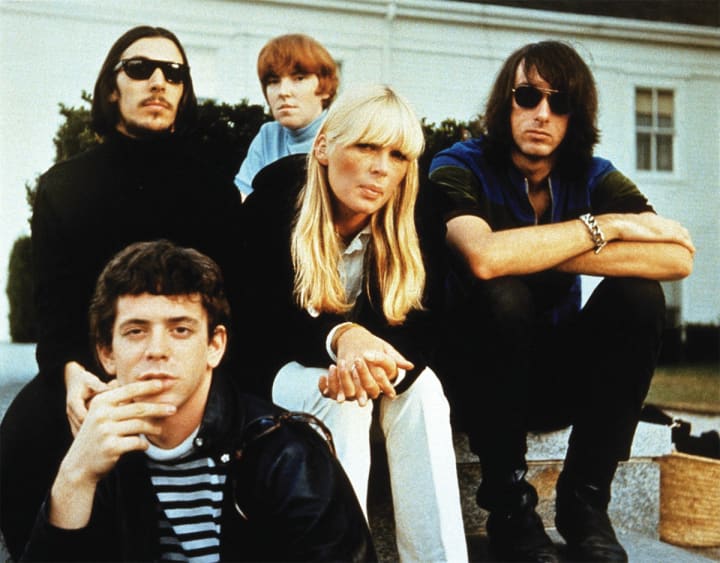
Velvet Underground and Nico
No flower-power here, just tunes about sadism, masochism, kinky sex and hard drugs. The 1967 banana peel album is Lou Reed's roots.
Holy Modal Rounders
Sam Shepard, the guy who went on to write Broadway shows, was the group's drummer. Tunes included "STP Song" and “Drano.”
Bonzo Dog Band
A lively English group whose satire successfully eluded most American minds. Guitarist Neil Innes was last seen as a member of the Rutles.
David Peel and the Lower East Side
A New York street minstrel who helped organize be-ins in Central Park. Peel is credited with starting the banana-smoking hoax. His 1968 album Have a Marijuana contains a number called "Show Me the Way to Get Stoned."
The Unknowns
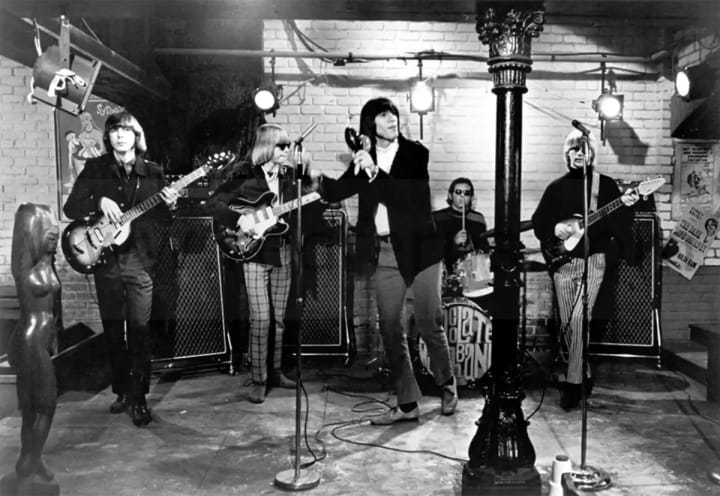
The Chocolate Watchband, 'The Inner Mystique' (Tower), 1968
Unlike earlier albums that contained standard teen rock fare, this one was made for dopers. Arrangements employed a stinging bass, breezy flute runs and a Jagger-like singer. "Voyage of the Trieste" had more acid rush in it than the Moody Blues' "Departure" or Steve Miller's "Song for Our Ancestors."
Love, 'Forever Changes' (Elektra), 1968
A mysterious LA band headed by guitarist Arthur Lee, the group employed light, spaced-out arrangements around lyrics as baffling as anything Steely Dan ever used.
It's a Beautiful Day (Columbia), 1968
David LaFlamme used his electric violin like a lead guitar, and he would jar your wisdom teeth as well as any picker. The male-female vocals on "White Bird" and "Hot Summer Day” gave the group a crisp sound.
United States of America (Columbia), 1967
The group included a classics trained composer a drummer who had studied African music and a tough singer named Dorothy Moskowitz. It used as many studio tricks and gadgets as instruments to produce a unique, unworldly sound. But there was too much hype around the band's debut and it folded within a year.
Tom Rapp and Pearls Before Swine, 'One Nation Underground' (Reprise), 1968
Rapp had a voice that reminded you of Gollum, the cave dweller in The Hobbit. His songs like "Uncle John" and "I Shall Not Care" were long low incantations against conformist society and injustice. He was perhaps the only practitioner of a small genre called acid-folk.
About the Creator
Will Vasquez
Venue manager in Austin, TX. No, you can't meet the band.




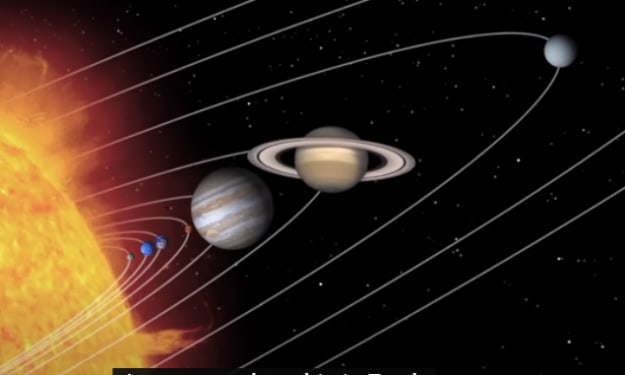

Comments
There are no comments for this story
Be the first to respond and start the conversation.